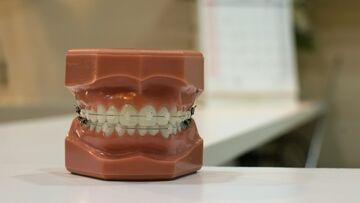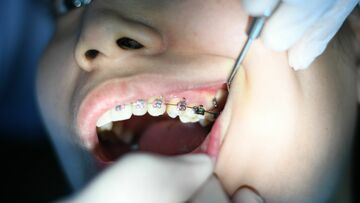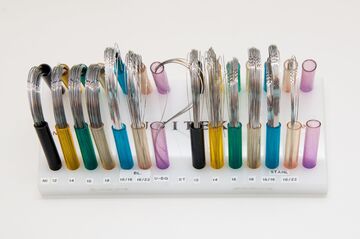
Orthodontic treatment is the process of using braces or aligners to gradually move the teeth into the optimum alignment. It can be used purely for cosmetic reasons, to help improve the appearance of the smile. Or it can be used for clinical reasons, to help improve the patient’s oral health and general health.
Properly aligned teeth are more effective for biting and chewing, which means you can enjoy a varied diet with no foods off limits. Proper alignment also makes it much easier to care for your teeth, as you will be able to reach the surface of every tooth with ease.
One factor that will often influence whether or not patients decide to go ahead with orthodontic intervention is the treatment time. There is a common misconception that fixed metal braces are the only option, and that you’ll be wearing them for years and years.
In this guide, we will explore the factors that will influence your treatment time, how long you can expect treatment to take, and alternative treatments if you need something a little more immediate.

How long do braces take to straighten teeth?
Annoyingly, the answer to this question is: it depends. Every patient is different, and every orthodontic journey is unique. This means that the actual time it takes to straighten your teeth will vary based on a number of factors. These factors include:
The severity of your orthodontic issues
Your choice of treatment plan (fixed or removable braces)
How well you stick to your treatment plan (for removable braces only)
Your age
The areas to be treated (upper jaw only or both)
In general, orthodontic treatment could be as quick as 6 months and as long as 2 years. After treatment ends, you will also need to switch to wearing a retainer at night time to keep your teeth in the correct alignment.

What factors impact treatment time?
Rushing orthodontic treatment is not recommended. There is a reason that movements need to be gradual. If we apply too much pressure and force the teeth into the correct alignment too quickly, this will be an incredibly painful treatment.
It will also be an unsuccessful treatment in the long term. This is because the ligaments that hold the teeth in place will be unable to adjust to the new position in time. This could leave the teeth loose and at risk of falling out.
This is why we always talk about treatment being slow and gradual. If the teeth are more severely misaligned, treatment will take longer. For minor issues, treatment can be much faster.
It’s also possible to focus on just one arch, which will greatly speed up the treatment time. And for a truly express treatment, you could also focus on the top front six teeth, which are known as the social six.
Fixed braces tend to be a little faster than removable aligners. This is particularly true if the patient isn’t wearing their aligners for the correct time every day. It’s all too easy to forget to wear your aligners, and this can slow down the treatment significantly.
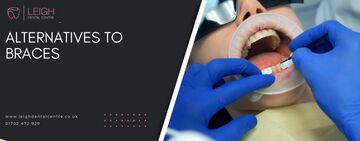
Alternatives to braces
If you don’t want to wait the 6 – 24 months it commonly takes to complete orthodontic treatment, there are ways to achieve the appearance of a straight smile without the wait.
Veneers
Veneers are thin shells of porcelain that fit over the front of the teeth to change the shape and alignment. This can provide an instant smile makeover without the wait.
One disadvantage to this treatment plan is that the natural tooth material needs to be prepared by removing a small amount of enamel. This means you will need to wear a veneer for the rest of your life.
Composite bonding
For very minor imperfections, composite bonding offers a quick and effective way to make teeth appear straighter. With this treatment plan, your dentist will apply a special resin directly to the teeth and then shape it before hardening it with a UV light.
This offers nearly instant results that can be completed in just one visit. However, it’s worth noting that composite bonding will only last for around 5 – 10 years before it needs to be replaced. However, it is a very cost-effective alternative to braces.
Contact us to make an appointment
Exclusive Offer
Airflow stain removal from our hygienist

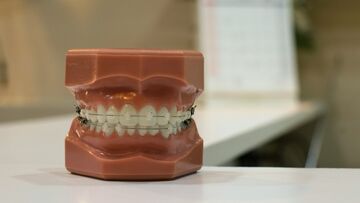
Benefits of Orthodontic Treatments
10.04.2024
Time for you perfect smile?
Book your consultation today
When visiting our practice you know you are visiting the dental professionals trained to the highest standards. You are greeted by our welcoming staff, who share the same aim, to make your visit with us as comfortable and stress free as possible.

